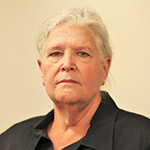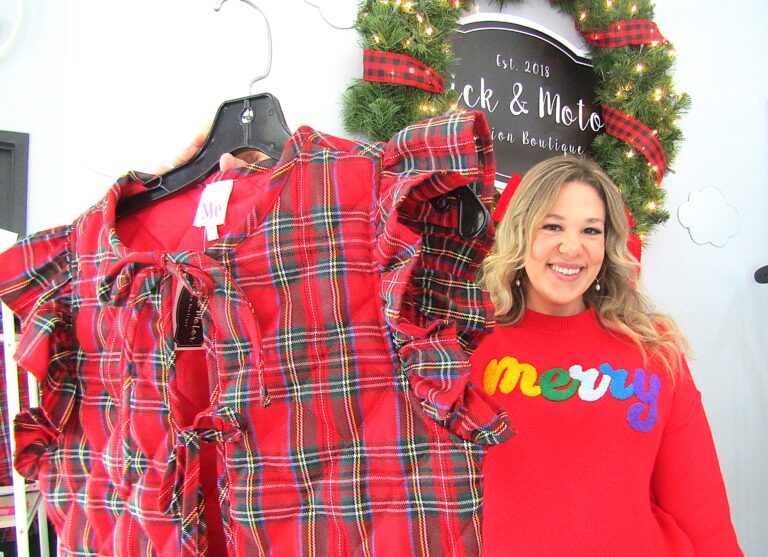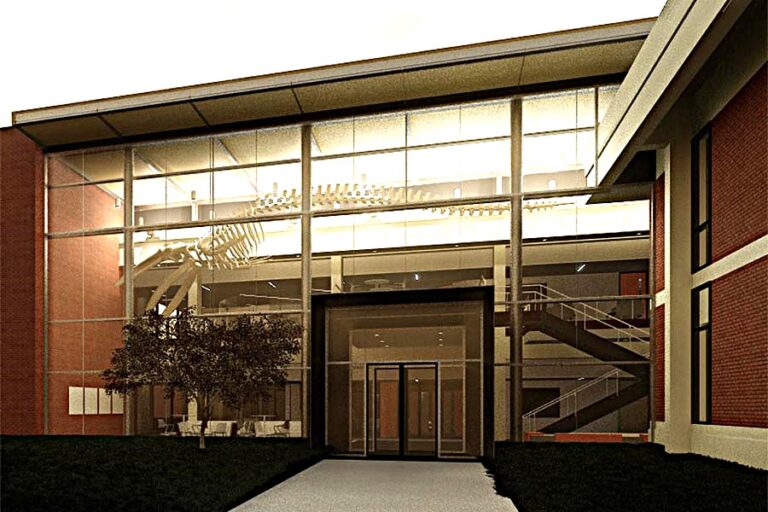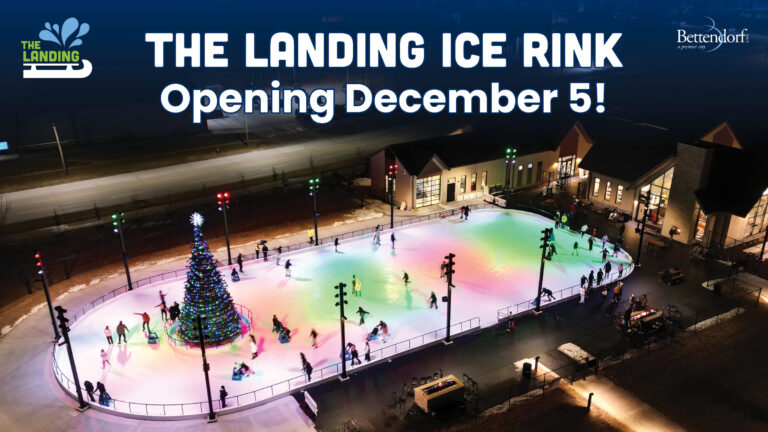
Left: Construction on the Aledo Opera House renovation and restoration was in full swing in this October 2024 drone photograph by the developers’ son. CREDIT BAILEY ALBERTSON The sun shines on the historic Aledo Opera House shortly after the 1885 building’s grand reopening was celebrated during the June 6-7 Aledo Rhubarb Fest. CREDIT KENDA BURROWS
ALEDO, Illinois – The historic Aledo Opera House is singing again.
So is the growing chorus of fans of the beautiful renovation of this multi-use entertainment venue at 108 SE 2nd Ave. in the heart of this town’s historic downtown.
Indeed, the grand old theater that began life in 1885 as a roller skating rink reopened to rave reviews from more than 1,000 locals…

Want to Read More?
Get immediate, unlimited access to all subscriber content and much more.
Learn more in our subscriber FAQ.
Do you want to read and share this article without a paywall?







